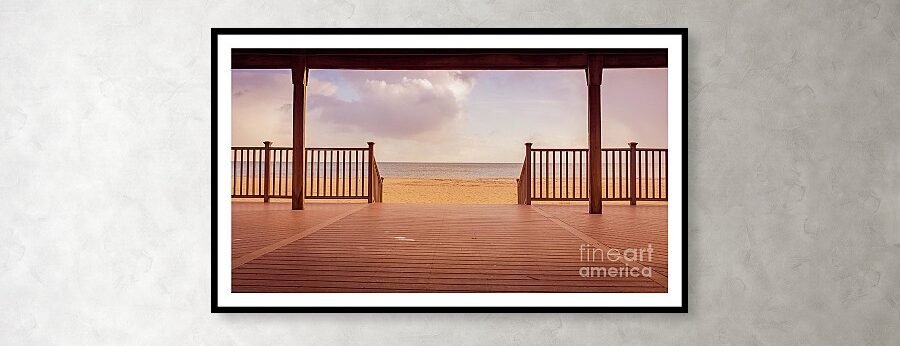Coastal Living Room Decor
Coastal living room decor can be achieved in a variety of ways. Whether you have your own beach house or are visiting, you can easily create a calming vibe by using natural wood hues and whites. You can also add a seaside-inspired scent to your home by adding beach-themed candles. You can also use beach-inspired lanterns or lantern sets.
You can also create a marine look in your home by using chair cushions. You can also use wicker hanging swing chairs. You can also add nautical accents such as ropes and sailboats. You can also incorporate fun sea life such as starfish and crabs into your decor.
For a coastal living room look, try using lime greens, sandy beige, or white. You can also use high-contrast accents.
You can also use a nautical map to bring marine life into your home. You can display a map on a wall, in a tablescape, or as a piece of art. You can also use a nautical-themed coaster.
A nautical map can be displayed in the bedroom or hallway. You can also decorate your bathroom with nautical decor. You can also add a hurricane lamp for a nautical theme without resorting to kitsch.
Another way to bring the sea into your home is by using sea glass. You can also use seashore-themed vases to display tropical flowers. You can also hang seascape paintings. You can also use a DIY frame made from decorative molding.
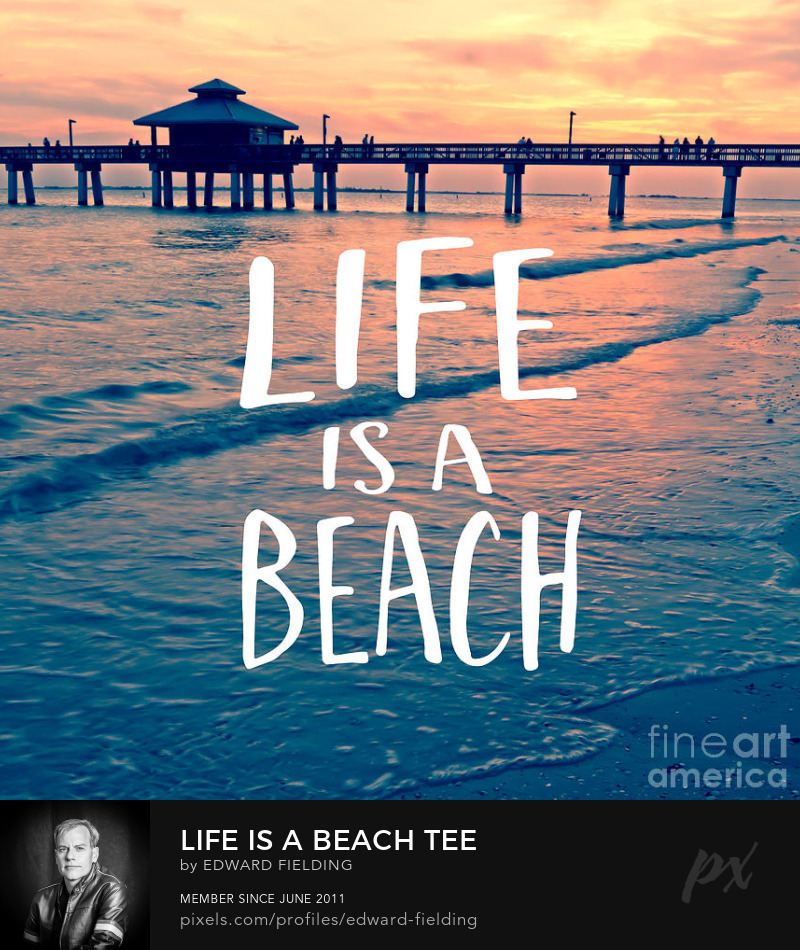
Beach Photography Tips For Home Decor and Fine Art Prints
Getting creative with your beach photography is a fun way to add texture and character to your photos. Foregrounds and backlighting are also important elements of a good beach photo.
While beach photography can be fun, it can also be a daunting task. The sand and wind can wreak havoc on your camera. To help prevent damage, follow these tips.
You can add a touch of drama to your beach photos by using a telephoto lens. This is especially important if you plan to photograph waves. The telephoto lens will allow you to freeze the waves in motion without freezing them in place.
The best time for beach photography is the golden hour, which happens just after sunrise and before sunset. The light is soft, and you’ll find the ocean colors are more vibrant.
Another fun beach photography technique is to use a tripod. This will help you to avoid blurry images in low light. Also, a tripod will help you capture the waves’ movement.
Another good beach photography technique is to use a polarizing filter. This will take out glare from the water and reflections from the beach. Also, it will enhance the color and sparkle of the water.
You can also use a parasol or a simple piece of cloth to create a shadow on flowers or other objects. The trick is to position your subject between the light and the camera. This will create an interesting image of beachgoers.
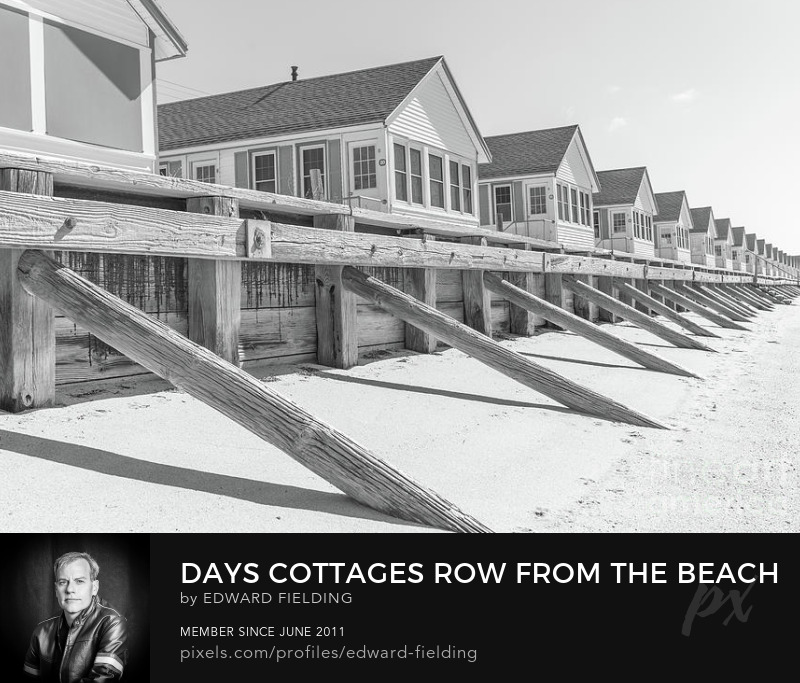
Located on a hook-shaped peninsula in Massachusetts, Cape Cod is a popular summer vacation destination. It’s a place of beautiful beaches, lighthouses, and wildlife. The area is home to quaint villages and stately historic homes. Lighthouses are a common motif in Cape Cod posters.
These structures seem to watch the endless seas. They can be a great focal point for your photographs. They can also be used to accent your sunset. Another classic Cape Cod photograph is the sailboat keeling in Nantucket Sound. It’s a great example of how light over water is different from light over the mainland. It’s also a beautiful image at a full moon.
Another well-known Cape Cod image is the Race Point sunset. It’s a perfect example of how Cape Cod can be photographed at sunrise and at sunset. This photograph was taken at Cape Cod Light, which is located on the outer Cape. Another Cape Cod photo is the Mellon estate in Osterville, Cape Cod. It’s a luxury home with beautiful landscaped front yard. It was once the home of Jack, Jackie, and Eunice Kennedy. When the Kennedys were on Cape Cod, they would stay at the estate.
The home sold for nearly twenty million in 2013. During their stay at the Kennedys, Phil Graham and Katharine Graham would walk to the Mellon estate, where they would stay in a two-house compound. The house was in one town over from the Kennedy Compound in Hyannis Port.
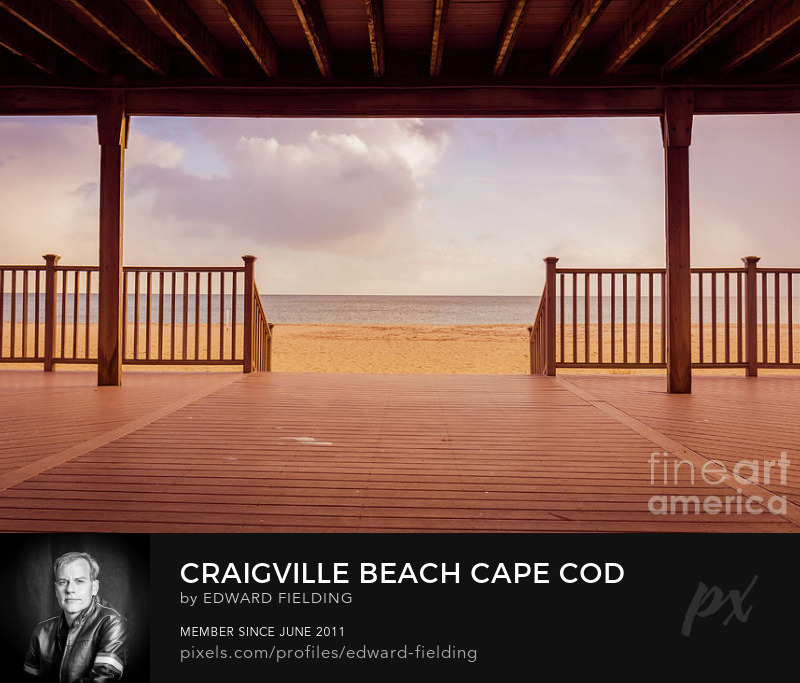
Tips For Beach Photography
Whether you’re new to beach photography or you’re a seasoned pro, there are a few tips that will help you capture great images on the beach. From avoiding crowds to using a polarising filter, here are some tips to keep in mind when photographing the beach.
Avoid crowds
Taking beach photos requires a few tricks. You want to make sure your camera is set up for the best exposure, but you also want to avoid crowds. The good news is that there are many tips to help you get the most out of your photo shoot. The first tip is to take photos at sunrise or sunset. When the sun rises, there are fewer people on the beach, which can make for a more interesting shot.
Seek the golden hours
The golden hour occurs about an hour before or after sunrise and sunset, which is the perfect time to take beach photos. This time of day has a warm yellow-orange glow. This will help illuminate the water, as well as make the horizon look better.
In the case of the sunset, you can use a flash to illuminate your subject. This will also eliminate shadows. If you don’t have a flash, you can use a small parasol to create a shadow. When taking beach photos, you will want to try different shutter speeds.
While most cameras will automatically reduce the exposure when you’re at the beach, you can also try switching to manual mode for better exposure control. You’ll also want to use a polarizing filter to filter out the polarized light. You can also use a wider aperture to isolate your subject from the background. This will help you make your subject pop out of the photo. You’ll also want to make sure you’re using a shutter speed of at least f/11. This will ensure that your entire beach is in focus.
Shoot in RAW
When taking beach photos, you will also want to make sure that you’re using a RAW file. This allows you to easily adjust highlights and shadows later. It also allows you to easily process the image in post-processing. Avoid overexposure and underexposure Taking beach photos can be tricky. There are many different lighting situations that you may encounter. It is important to know how to adjust your camera’s settings to get the most out of your photo.
Whether you use a digital camera or a film camera, you can use a few different exposure settings to make sure you get the photo you want. It is important to get the exposure right the first time so you can avoid having to do any editing later. Overexposure occurs when too much light hits the camera sensor. This leads to areas of blown highlights and a dark background. It is important to try to avoid overexposure when photographing beaches.
Neutral Density Filters
Using a neutral density filter can also help limit overexposure. These filters help to limit harsh light and to keep the colors from fading. The filter also helps to suppress glare from reflective surfaces. The best time to shoot beaches is at sunrise and at sunset. These are known as the “golden” hours. During these hours, the sky is a little softer and the color is slightly redder. Having a tripod is also helpful when shooting at sunset because it allows you to use a longer shutter speed and slow down the rate of a camera’s movement.
Exposure Bracketing
For more complicated lighting situations, you may need to use exposure bracketing. This technique allows you to take multiple exposures of a scene and combine them together to get the best exposure. This can be done manually or automatically.
You may also want to use a polarizing filter to help enhance the blues in your photos. Polarizing filters also darken the shadows, which helps to improve the color cast in your photos. Slow down your shutter speed to capture the movement in the water

Explore and have fun
Taking beach photography is all about exploring. However, it is important to know the right settings before you start. If you want to take pictures of moving water, you’ll need to slow down your shutter speed to capture the movement. The amount of light you can get into your camera will depend on the type of filter you use. You can use ND filters to limit the amount of light that goes in. This can prevent overexposure and add to the tranquility of your images. For example, a neutral density filter will reduce the light by a few stops.
When you’re taking beach photography, you’ll need a tripod to keep your camera steady. A tripod will also prevent you from blurring your images. You can use a self-timer to help you smooth your movement. Also, you’ll need to use a lens cloth to wipe water splashes from the filter. You may also want to use a circular polarizer to reduce glare from objects. A polarizer will also help enhance the colors of wet rocks. You’ll need a telephoto lens or standard lens to get a good view of the ocean or beach. Then, you’ll want to use a white towel as a reflector. Hold it out of the frame so the light is bounced around the subject. You can also use a small aperture to reduce the amount of light entering the camera. This will help you capture flowing water and rivers.
Try underwater photography
You’ll also want to try taking underwater pictures. These images can be quite beautiful. If you’re using a camera that has a grid, you’ll want to use the top or bottom of the grid to align the horizon.
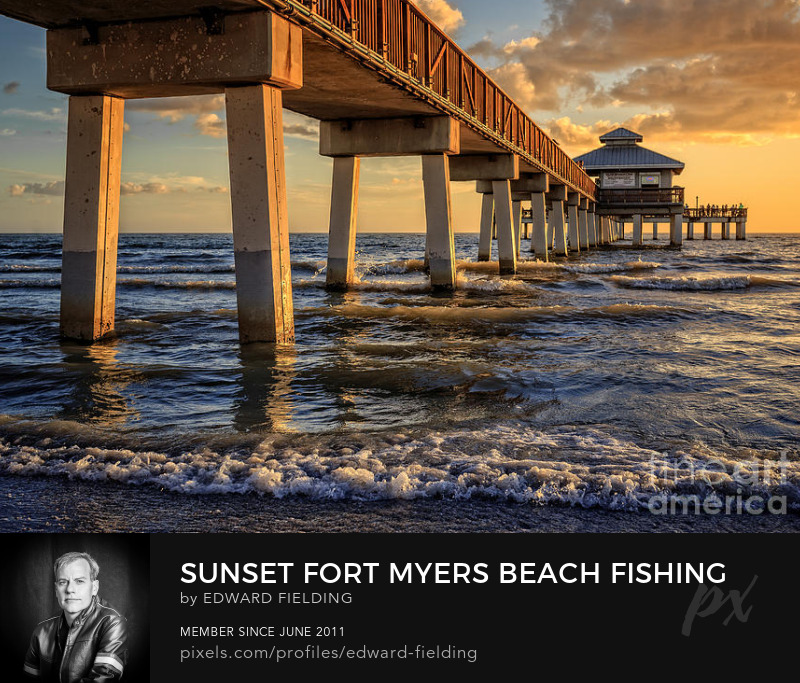
Use a polarising filter
Using a polarising filter is a good way to enhance your beach photography. It improves the left shoulder of your subject and reduces reflections in the sky. The use of polarizing filters can also improve the look of clouds in your photos. Polarizers can also be used to reduce glare in the foreground. They can also help to improve the color of water. They can also remove reflections from wet surfaces such as rocks, rivers, and water streams.
When using polarizers, it is important to remember to rotate them to fit your subject. This can make a difference if you are using a wide angle lens. If you are going to use a polarizing filter, make sure to keep the sun at least 30 degrees to the right of your subject. This will make the sky appear bluer and reduce the harshest highlights. This will also increase the saturation of the colors in the sky.
When using a polarizing filter, you must keep the lens clean. A clean lens will minimize reflections. The polarizer works by changing the direction of the light passing through the lens. This will create a cool effect, but it can also add ghosting and flare to your photos. You can also use a polarizing filter to improve the color of water. It increases saturation and reduces the reflections from the water’s surface. This can make the water look cleaner and brighter. It can also increase the contrast of the image.
The best polarizing filters are circular lenses. These are screwed onto the front of your camera lens. This will help to reduce reflections from wet surfaces, including rocks, and will also allow the detail of the water to shine through.
Circular polarizing filters are best used during the day. They do not work well at night.
Take risks
Taking risks when taking beach photos can be fun, but it can also be dangerous. If you’re unfamiliar with the beach or the location you’re shooting at, you could be putting yourself in danger. So here are a few things to consider to keep your camera safe and your sanity intact.
First, a lens hood is important to reduce glare. The hood is also necessary to make your photos richer. It helps increase the saturation of the image and keeps abrasive sunlight out of the lens.
Secondly, it is important to use an exposure-lock button to get a correct exposure. This is important because the sun reflects off the water at different angles.
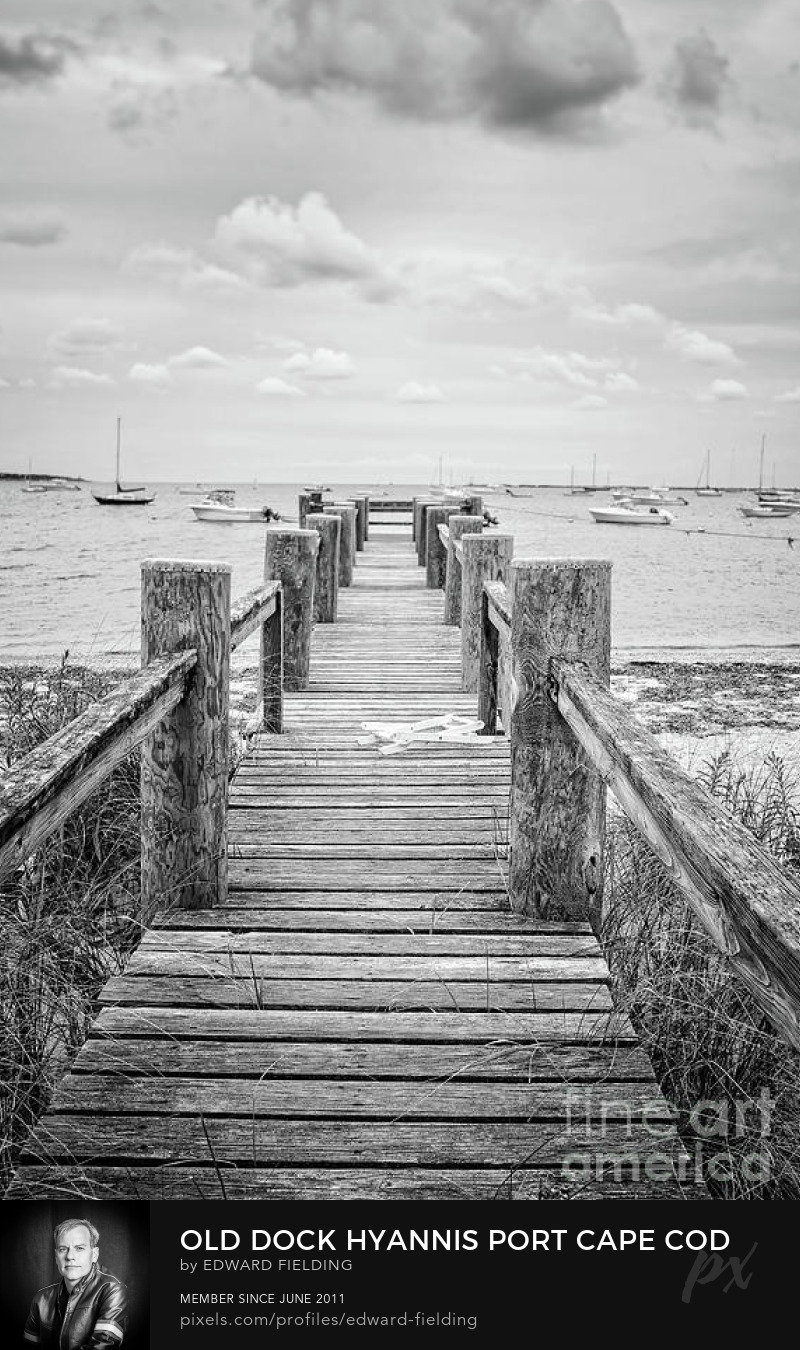
The sun is also hot, which can be hard on electronic circuits.
Another important tip is to use a fill flash. A fill flash is useful to soften dark shadows. A fill flash is also a useful way to light up a beach scene.
Another tip is to use a wide-angle lens. A wide-angle lens will allow you to get more of the scene into the frame. A wide-angle lens will also create a different mood. Another tip is to use a tripod. This will keep you from tripping over boulders.
A tripod is also useful for taking long-exposure shots of the waves. You can also use a bubble level on the camera’s hot shoe to level your shot.
Finally, remember to keep your equipment out of the sun. This is important because the sun can create harsh highlights and cast harsh shadows on your subject. It is also a good idea to keep your equipment out of the wind. It is also a good idea to use a light meter. This will make your lighting challenges easier to handle.
